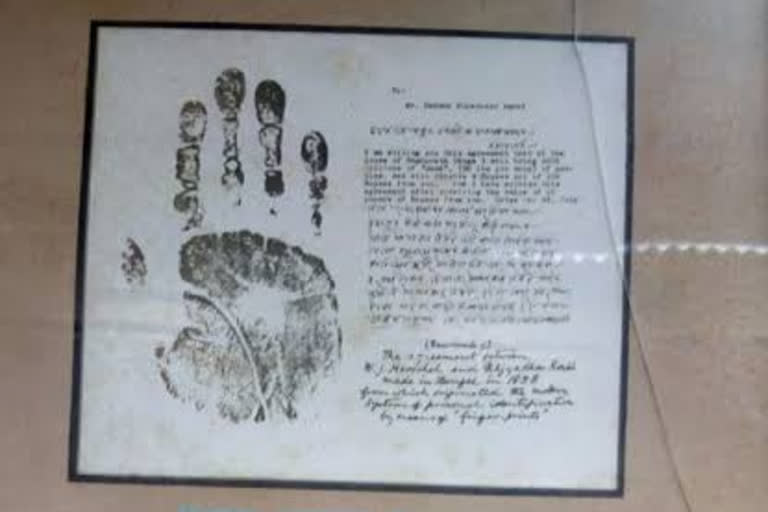Kolkata: Investigators have relied heavily on fingerprints to find criminals and crack cases for decades. Over the years the fingerprint department has inducted new technology to meet the latest challenges.
Speaking to ETV Bharat, former director of Fingerprint Bureau, Debasish Ghosh explained how the functioning of the bureau has become sophisticated over the years.
“During the initial year, ink was applied in the palms and fingers of the suspected criminals. After that photocopies of the fingerprints were taken and with that the criminals were identified. However, that process was quite time consuming and hence detectives faced a lot of difficulties in solving the crimes,” Ghosh said.
However, he added that with the advancement of technology, there had been changes in the crime trend. “Digital crime is the latest trend. So accordingly the Fingerprint Bureau too has become sophisticated with the induction of new technology. So the bureau is working more efficiently these days,” Ghosh said.
He said that previously the bureau used to operate with a system called “AFIS”. “However, that old system has been updated as the National Fingerprint Identification System or NAFIS. This new system totally works digitally. The main server of this sophisticated software is in the office of the National Crime Records Bureau (NCRB) in New Delhi. In fact, NCRB lends this software to the fingerprint bureaus of all states to function,” Ghosh said.
Also read:240 important crime cases in India solved with fingerprints in 2019: NCRB
He also said that another system followed by the Fingerprint Bureau in criminal identification is a digital formula. “In West Bengal, after the accused is produced at the court, the police seek the permission of the court in sending the fingerprint specimens of the accused to the bureau. After the bureau receives the specimens its officers start functioning as per the prescribed formula,” he said.
He also said that in case the accused is a resident outside West Bengal, then the fingerprint bureau needs to seek special permission from NCRB, which sends a special password to the bureau. That password has to be used to open the system and once the bureau members unlock the system it has access to all the details of all the criminals of that particular state,” Ghosh said.
